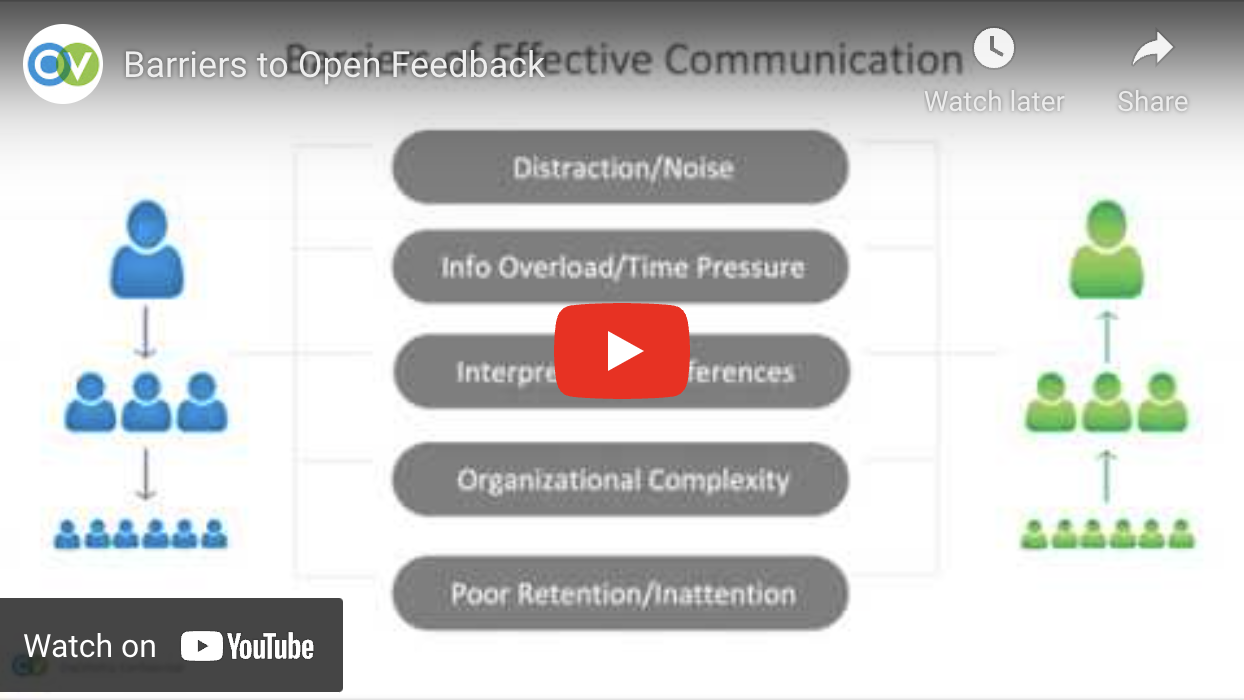
Organizations devote a lot of resources to providing feedback to staff; the idea being providing feedback can help to improve both personal and organizational performance.
They conduct formal and informal performance appraisals, administer and report on the results of employee surveys as well as 180 or 360 assessments, hoping that the time and energy spent on these initiatives will eventually help employees, leadership, and the organization as a whole. Yet for all time spent on soliciting feedback, organizations may be missing out on a critical element: Helping people understand how to use the feedback they receive.
According to a recent article in the American Psychological Association, the skills needed for both delivering and receiving feedback are not intuitive, and, while more work in needed to understand just how people could better give and receive feedback, most people could benefit from additional help in this area.
Many people are familiar with the “feedback sandwich” method.
Some cross cultural research suggest that it is a particularly American approach – where constructive criticism is wedged between two compliments. New research suggests that this method isn’t particularly effective. This method has become so commonplace in organizations from leading corporations down to elementary schools that it can feel almost patronizing to the person receiving the so-called sandwich and render the compliments meaningless.
[Related: 4 steps to improve your 180/360 assessments]
So how do you deliver feedback in a more effective manner?
Pre-train recipients to receive their results. For example, a pre-training session might focus on hypothetical outcomes, such as scoring low on effective communications, and what various actions can be taken to remediate lower scores on various topics. In this way, the person is primed not just to receive feedback, but also on how to act to improve it.
We see the success of priming for actions in various behavioral economic examples, such as increasing college student vaccination rates by helping students plan in detail when and how they would get vaccinated on campus, as opposed to having students merely state they plan to get vaccinated.
Another method is to use visualization with trainees, asking them to imagine how they will feel when they receive critical feedback and what they can do to alleviate any negative emotions. This is similar to therapies used to get people to quit bad habits such as smoking. Another approach has to do with personal definition. For instance, getting someone to define themselves as a “voter” resulted in higher levels of voting than getting someone to commit to voting in the next election. Getting a manager to commit to “being a manager”, a profession that requires constant learning and improvement, is likely to result in better performance than simply getting someone to commit to solving a specific issue, such as lack of communications.
[Related Blog: 6 Step Checklist to Launch Your 360 Assessment]
In that spirit of continuous learning , we also recommend sharing actions taken by other managers that have worked well in various situations.
This both helps drive ideas for improvement while also signaling that receiving critical feedback is commonplace. Lastly, get ahead of negative reactions by preparing individuals on how to handle it.
Author

Jeffrey Saltzman is the CEO of OrgVitality, and an Associated Fellow at the Center for Leadership Studies, School of Management at Binghamton University. He is credited with driving technological improvements now commonly seen in the survey industry, creating a business model focused on scientific rigor and business practicality while aiming for bottom-line results. He is the co-author of Creating the Vital Organization: Balancing Short-Term Profits with Long-Term Success, among other books.







